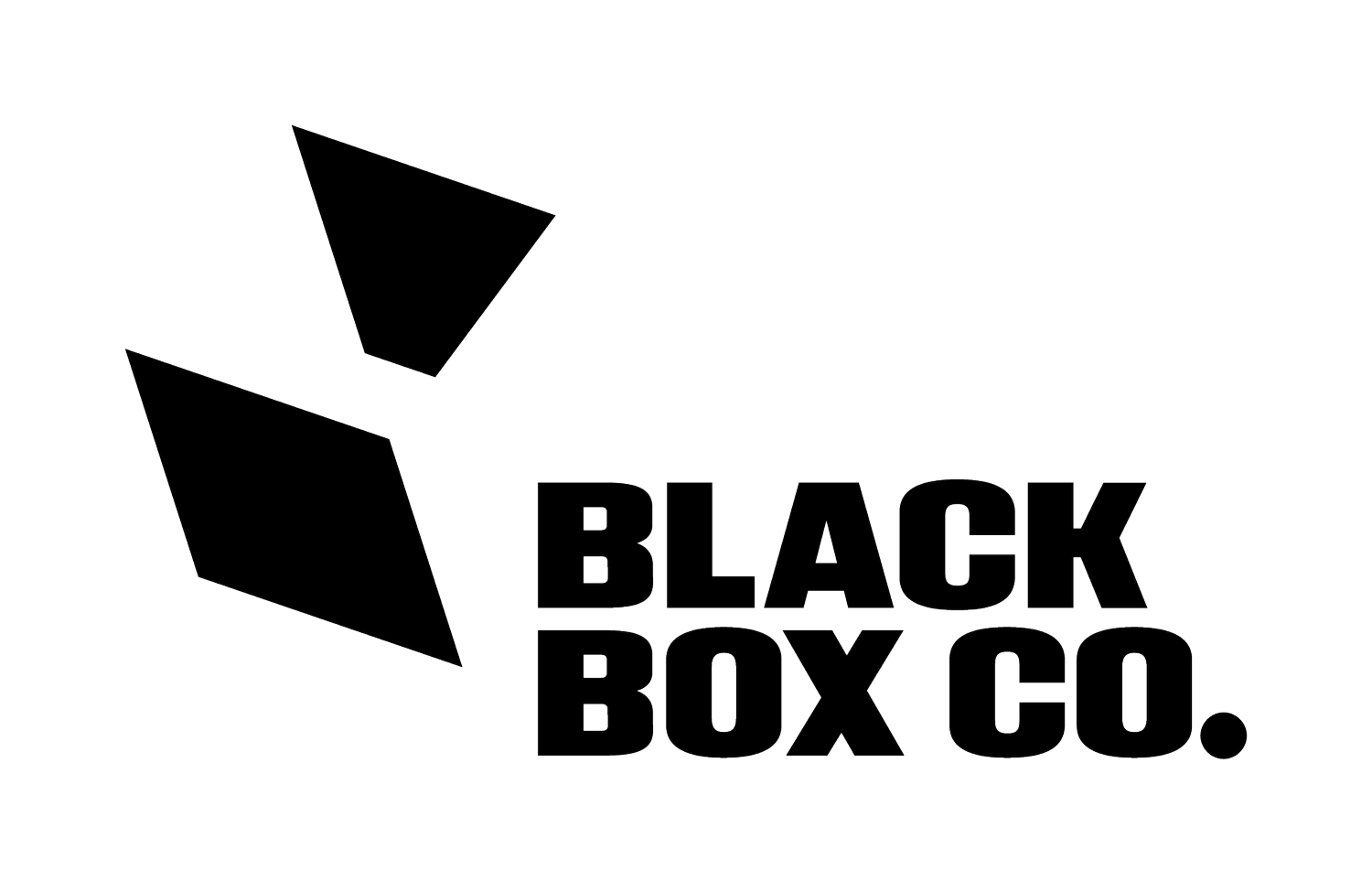What The Most Valuable Data You Are Likely Not Using?
Less than 5% of Australian beef producers look at or analyse their carcase data. The mandatory feedback often comes in the form of an unpalatable CSV or worse a PDF making it very hard to extract any real value. Today, I am here to make the argument that this is actually one of the most valuable emails you can receive. Australia is one of only a handful of countries that make this data FREE and MANDATORY. That means that even if you don’t consider yourself as a expert in individual animal data you will have some and it can be very useful. Lets explore the top five reasons you should start looking at those very boring emails.
Pay - the main influences on price at the abattoir are weight and quality. Carcase weight is a fairly simple concept which takes into account the weight of the left and right side - internal organs and additional fat removed. Quality is mostly determined by MSA grading however non MSA cattle undergo a high level grading through dentition and P8 fat. Looking at these numbers shows what you were paid, why you were paid and looking at them on an individual animal can show you which animals were most profitable
Discounts - most abattoirs operate a fixed grid and then have various discounts. The main categories are: meat colour, fat colour, bruising, scar tissue removal and butt shape. These have varying discounts from 5c/kg to 20c/kg. This can add up at the end of the day. In fact we looked at a companies kill sheets over a two year period and identified a $750,000 loss due to discounts. By looking at this data you can start to see if there are areas of concern or trends over time that should be addressed.
Dressing percentage - as abattoirs pay on carcase weight instead of live weight it can be difficult to precisely predict the dollar value of a beast as it leaves the farm gate. By calculating your own individual dressing percentage and even better having a different percentage for male and female will allow you to more accurately predict cash flow.
Different abattoir pricing - if you send cattle to two or more abattoirs it is worth looking at your data to see who actually paid you more at the end of the day. Most people make decisions based on the grids and where the best advertised price is but as this can differ significantly from the paid price its worth comparing between processors. In one case we found that one abattoir consistently discounted cattle more frequently and at a higher rate than the other abattoir.
On farm influence - this caracse data has the most impact when you can link it to on farm data. This allows you to learn from those cattle and the process you took to get them to the abattoir. By investigating actions by paddock you can see whether you get the best carcase results when finished on oats or sorghum. You may find that those weaned at 200 - 250kg give you the optimum carcase weight. Alternatively looking at timing of consignments can identify the fluctuations in the market.
Carcase data is an important part of the feedback system in the beef industry and should be utilised within every business. Its not always easy collating this data which is why we built the carcase and MSA dashboards. This allows you to identify all of the most important information in less than three clicks. Carcase data can be uploaded by the import page or can be automatically uploaded by third party permissions.
Start using your carcase data today and chat to our team.
MSA dashboard showing reasons for not grading MSA

